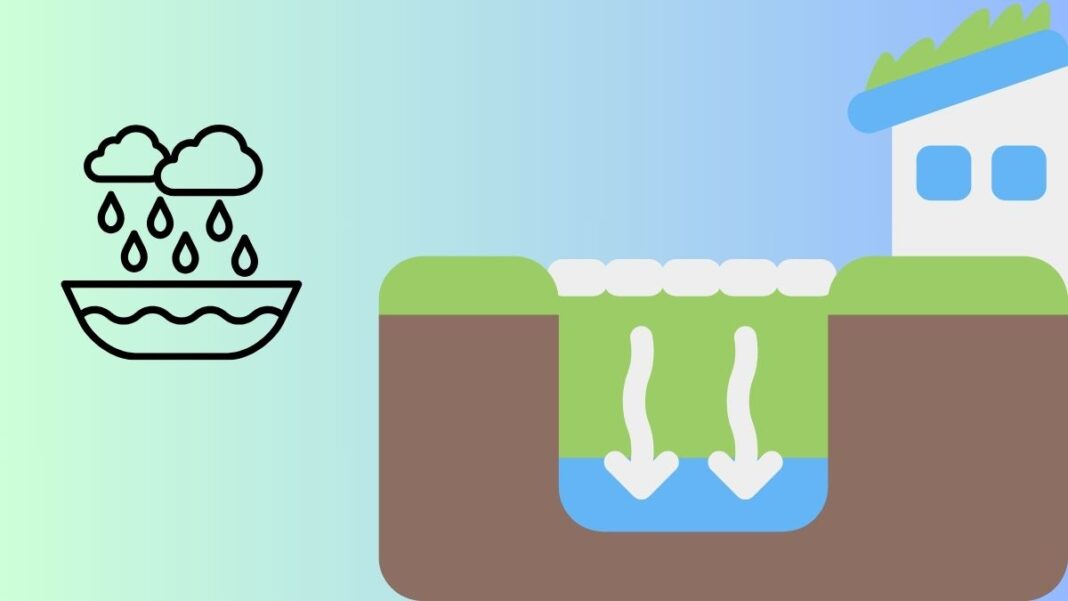Managing stormwater is very beneficial for water harvesting. Stormwater management is done to collect the left-off water after rain or snowmelt. Excess water flowing in streets can cause damage and flooding. This prevents accidents on roads and surfaces like roofs and helps maintain good water quality.
Here, we have made a complete guide of stormwater management methods that you can use easily.
Contents
Stormwater Management Methods
There are many ways to avoid flooding and other hazards caused by stormwater. Some of them are as follows:
Detention Ponds
A detention pond is a deep-space structure made on dry land. It fills up during storms or heavy rain, releasing the water in a controlled manner. Detention ponds help avoid floods, which may be caused by excess water.
Check: What is Sniffies Gay App and How to Get It?
Retention Ponds
Unlike a detention pond, a retention pond is a permanent form of water body. These are artificially made water basins with vegetation, grasses and plants. This helps provide sturdy water capturing and a stronghold for bank stability. A common method of stormwater management is the retention pond.
This pond’s water is treated for distribution whenever there is a water shortage. Depending on the frequency of storms, these can be six to eight feet deep. However, proper care should be taken while treating this water. This helps avoid potential health risks to the people using this water.
On-site Detention
On-site detention ponds are made for short storms to control water flow temporarily. This helps control the flow of water, especially downstream. Additionally, it is directed away from any important properties or merging in council drainage systems.
Rainwater Harvesting
Rainwater harvesting is considered one of the best methods of stormwater management. A pit is made underneath the house, and a tub is inserted. The rainwater slowly collects in this space. It can be used for everyday tasks or released into the soil using irrigation methods.
This method is considered economical and requires minimal management. Setting up this method is considered easy compared to other methods. Rainwater harvesting is very common in households and rainy areas. This water can be stored and used whenever needed.
Green Roofs
In this method of stormwater management, soil and vegetation are installed on a building’s roof. The drainage layers retain rainwater and help reduce runoff. Green roofs also provide extra insulation and help prevent floods and erosion. Additionally, this method is cost-effective and great for reducing urban heat. Homes with green roofs are usually naturally cool and very comfortable in summer.
Constructed Wetlands
Constructed wetlands are a wonderful method of stormwater management. They mimic natural wetland processes that help filter out pollutants and absorb excess water. Constructed wetlands also promote biodiversity as they remove contaminants using soil and vegetation. This makes them a cost-effective and beneficial choice for rural and urban areas. Moreover, these can be easily connected to groundwater recharge systems and soil aquifers.
Stormwater management benefits the environment and helps avoid flooding. Stormwater management is necessary to save water and prevent infrastructure damage. You can use any method that suits your needs and climatic conditions. So, which of these methods are you using for stormwater management?




































 Online casino
Online casino
